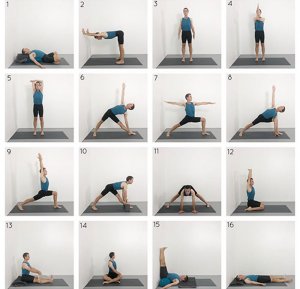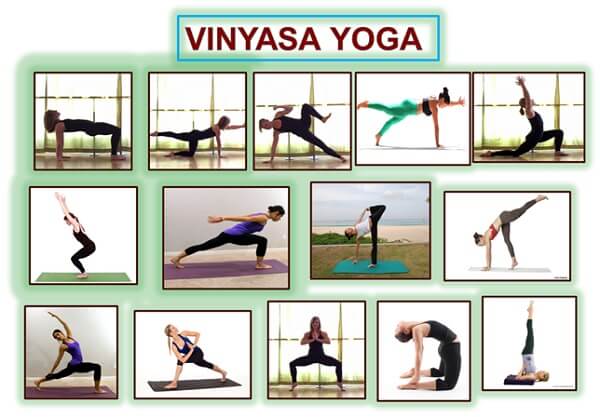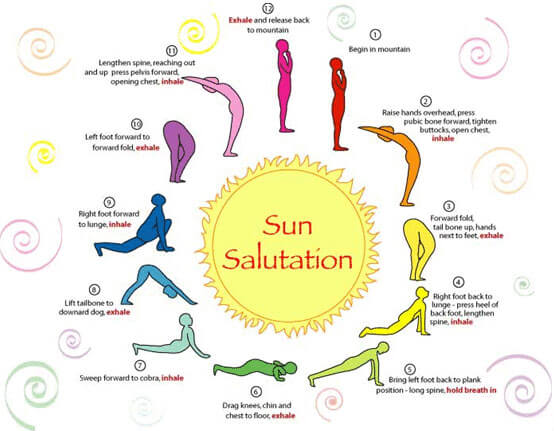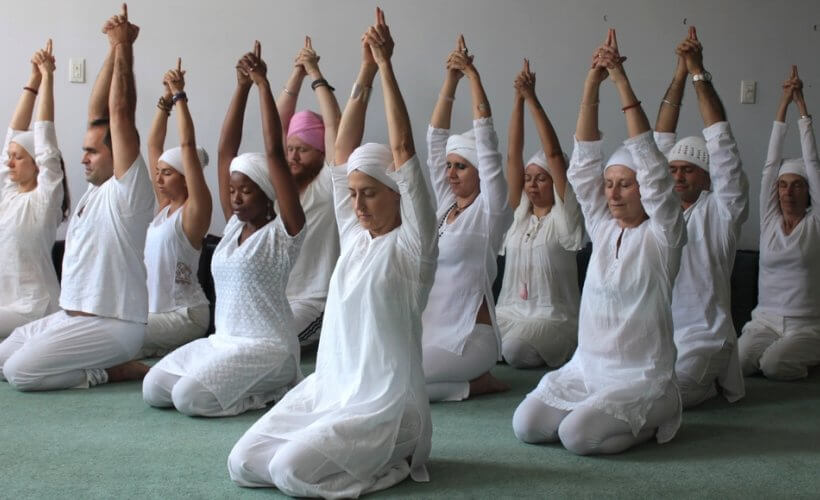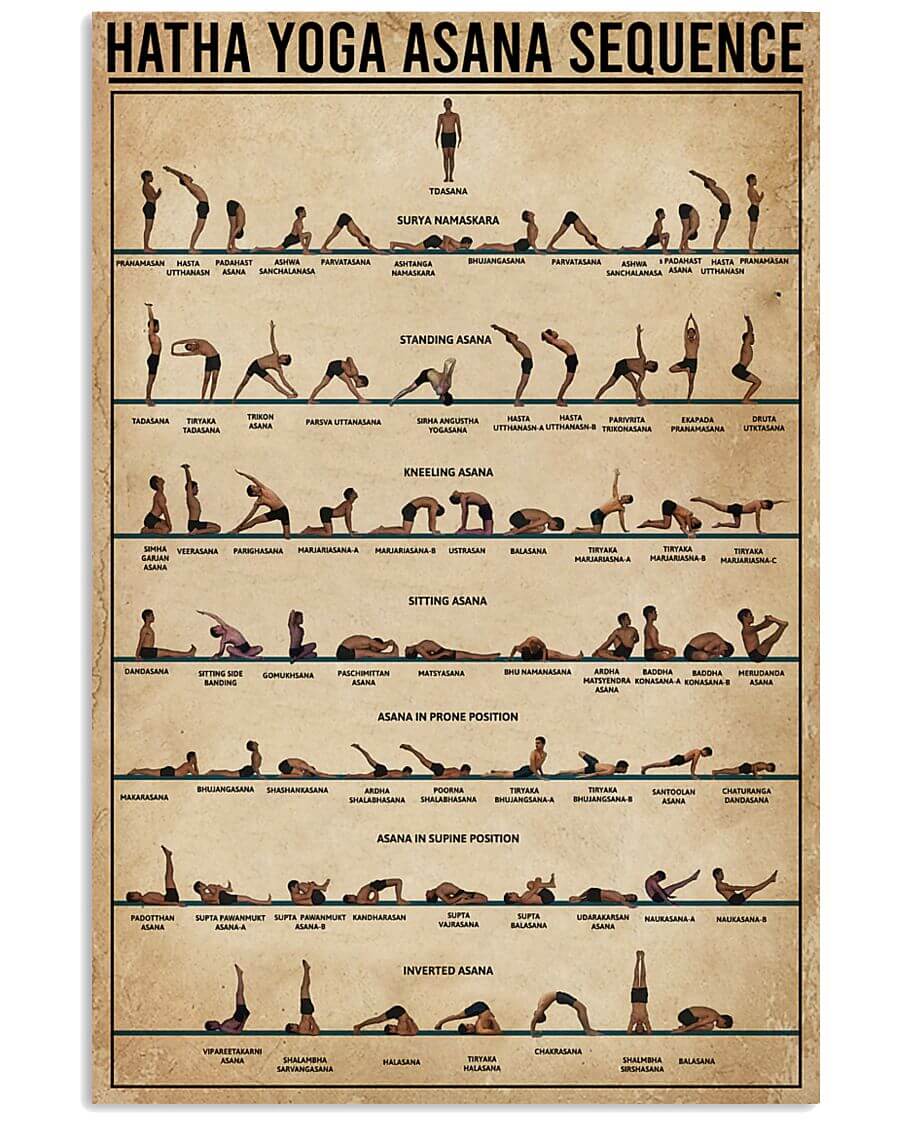Iyengar Yoga
Iyengar Yoga is a form of yoga that has been named after B.K.S. Iyengar who developed it together with T. Krishnamacharya of whom he was a disciple. Together with the assistance of Patabbhi Jois who is credited with the development of Ashtanga Yoga as well as some other yoga masters, they brought the practice of yoga to the West as it is known today. Iyengar Yoga directly comes from the ancient traditions of classical Hatha yoga. However, over the years it has evolved to become a clear and precise method which can be easily understood by modern practitioners. Plenty of attention is paid to the alignment of the various Iyengar Yoga poses so that the mind is drawn inwards while at the same time connected and focused to reality.
Unique aspects of Iyengar Yoga
Iyengar Yoga mainly focuses on 3 different aspects, namely sequencing, alignment, and timing. Alignment is all about maintaining the specifically intended pose and also respecting the boundaries of the body at the same time. Usage of props is encouraged for helping students to perform an asana while preventing from any kind of injury taking place. By practicing the right kind of alignment it is possible to achieve the perfect balance between the body, breath, and mind.
Maintaining the right kind of sequence means that the postures should be performed at the right order. This helps to manage all poses in a structured and safe progression. It also makes it possible to initiate the opening as well as the balance of the emotional and physical body.
Unlike some of the other forms of yoga such as Vinyasa Yoga, the poses associated with Iyengar yoga comparatively have a greater duration of time, i.e. the poses should be maintained for longer durations of time. Once stability is achieved with a certain pose, depth of the pose can be safely enhanced. It helps in developing flexibility and strength and improves awareness and sensitivity between the mind and body.
Iyengar Yoga Poses
Here is a look at some of the major types of Iyengar Yoga poses that can be practiced at home.
• Uttanasana
• Adho Mukha Svanasana
• Trikonasana
• Virabhadrasana
• Parsvakonasana
• Ardha Chandrasana
• Parivrtta Ardha Chandrasana
• Parivrtta Trikonasana
• Parivrtta Parsvakonasana
• Parsvottanasana
• Prasarita Padottanasana
• Salamba Sirsasana
• Setu Bandha Sarvangasana
Benifits
Here are some of the distinct benefits of practicing Iyengar Yoga:
- It improve the psychological and physical health of the practitioner
- It helps to alleviate the postural and structural problems
- This form of yoga can help in releasing emotional tension
- It can help in increasing concentration and focus
- The yoga postures can be used for increasing physical and mental energy
- The Iyengar yoga poses can help in reconnecting with the body and breath
- These poses help in bringing clarity and intelligence to all the parts of body and mind
One of the best things about this form of yoga is that it can be practiced by anyone and everyone. There are both basic as well as advanced Iyengar yoga classes that can help in developing in-depth knowledge and understanding of these poses. Practicing this form of yoga can not only strengthen the body and mind but it can also enhance a person’s immunity strength. It is due to this reason that Iyengar yoga is considered to be greatly beneficial.

VI FITKIT Yoga Mat Anti Skid EVA Yoga mat with Bag for Gym Workout and Flooring Exercise Long Size Yoga Mat for Men and Women (Color - Blue)
Price: Rs 399.00 FREE Delivery. Details
About The Product
- With high density foam material, The thick ( 3 mm thick ) premium mat with comfort cushion spine, hips, knees and elbows on hard floors. This makes it a perfect size for both men & women.
- SWEAT RESISTANT AND WASHABLE YOGA MAT - Next time don’t stress when you sweat while doing yoga. The yoga mat is completely sweat resistant and has a Moisture resistant Technology which makes the mat easily washable with soap and water.
- This Yoga Mat is designed to give you the most comfortable yoga experience possible. The extra thick mat protects joints without compromising support or stability
- DURABLE & ECO FRIENDLY YOGA MAT - The EVA material is extremely durable and eco friendly. It lasts upto 5 times more than a regular plasticky mat! The material is biodegradable and free from PVC, silicon, latex and other toxic materials. We believe in creating quality and Eco friendly products for our customers!
- Care Tips: Do not place in washing machine or dryer, Please clean before and after using, clean regularly and keep it dry for healthy using.
